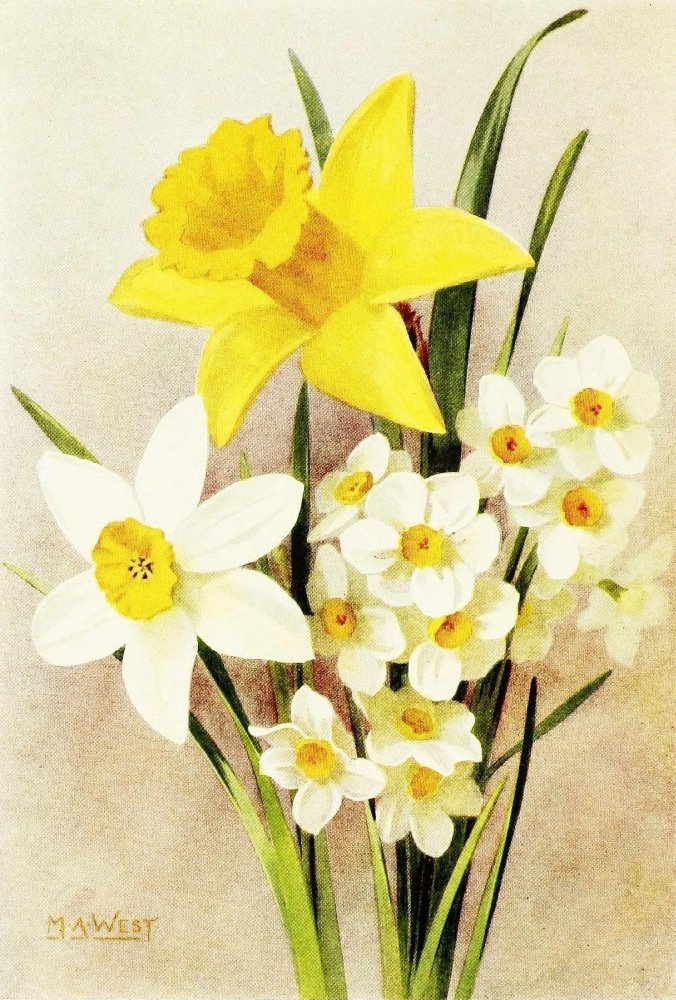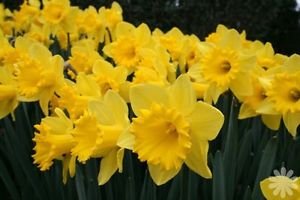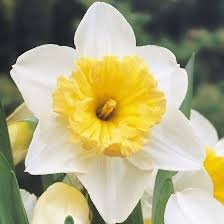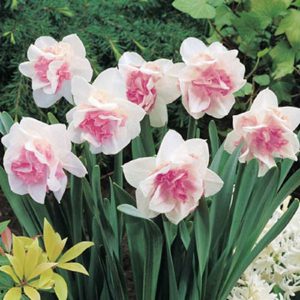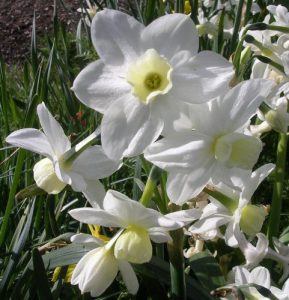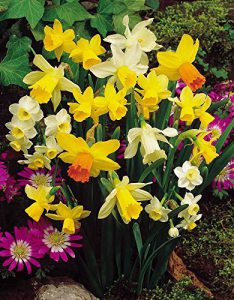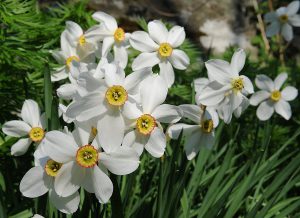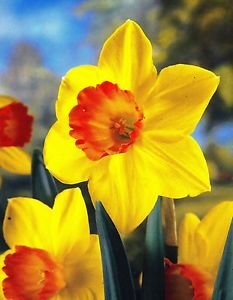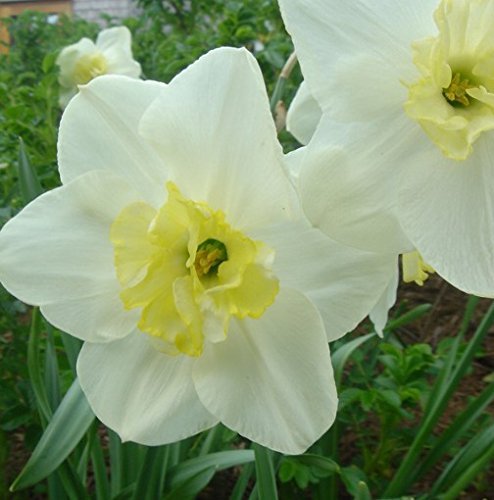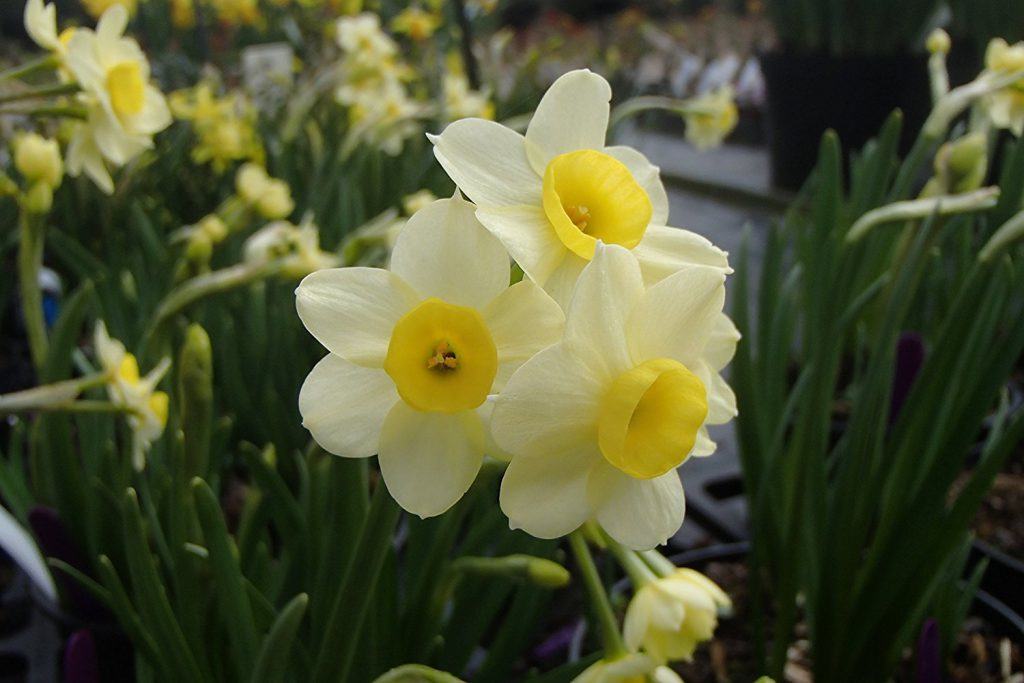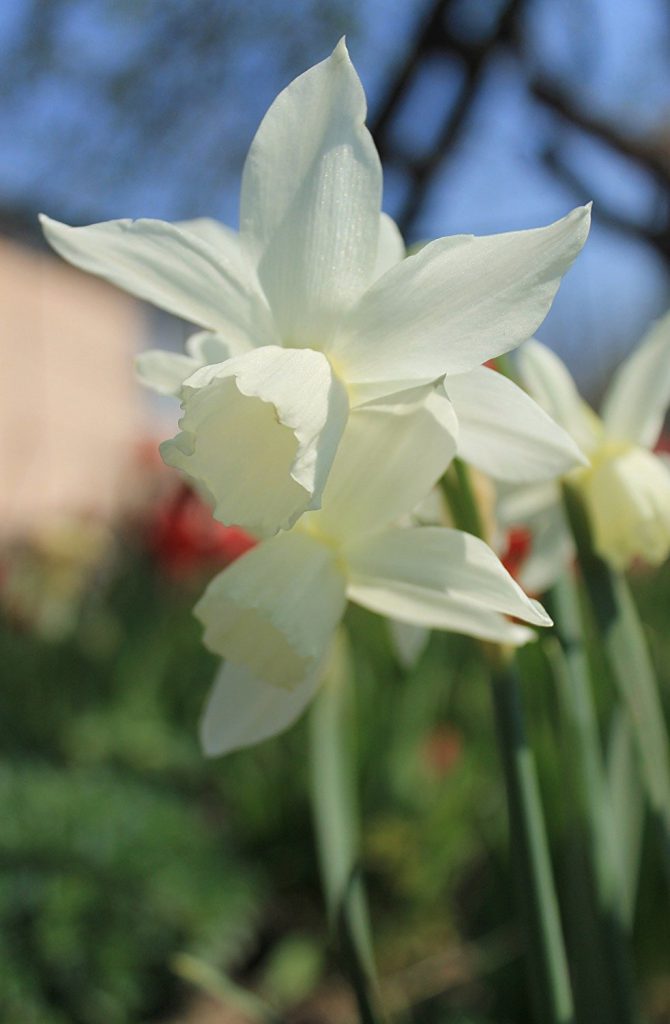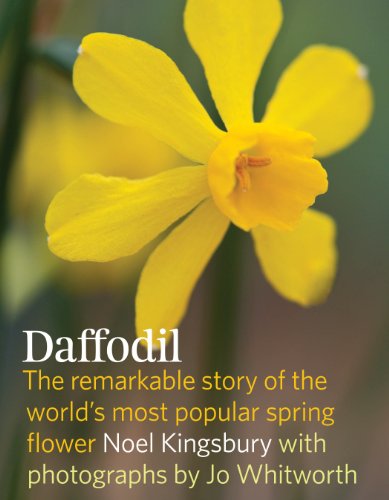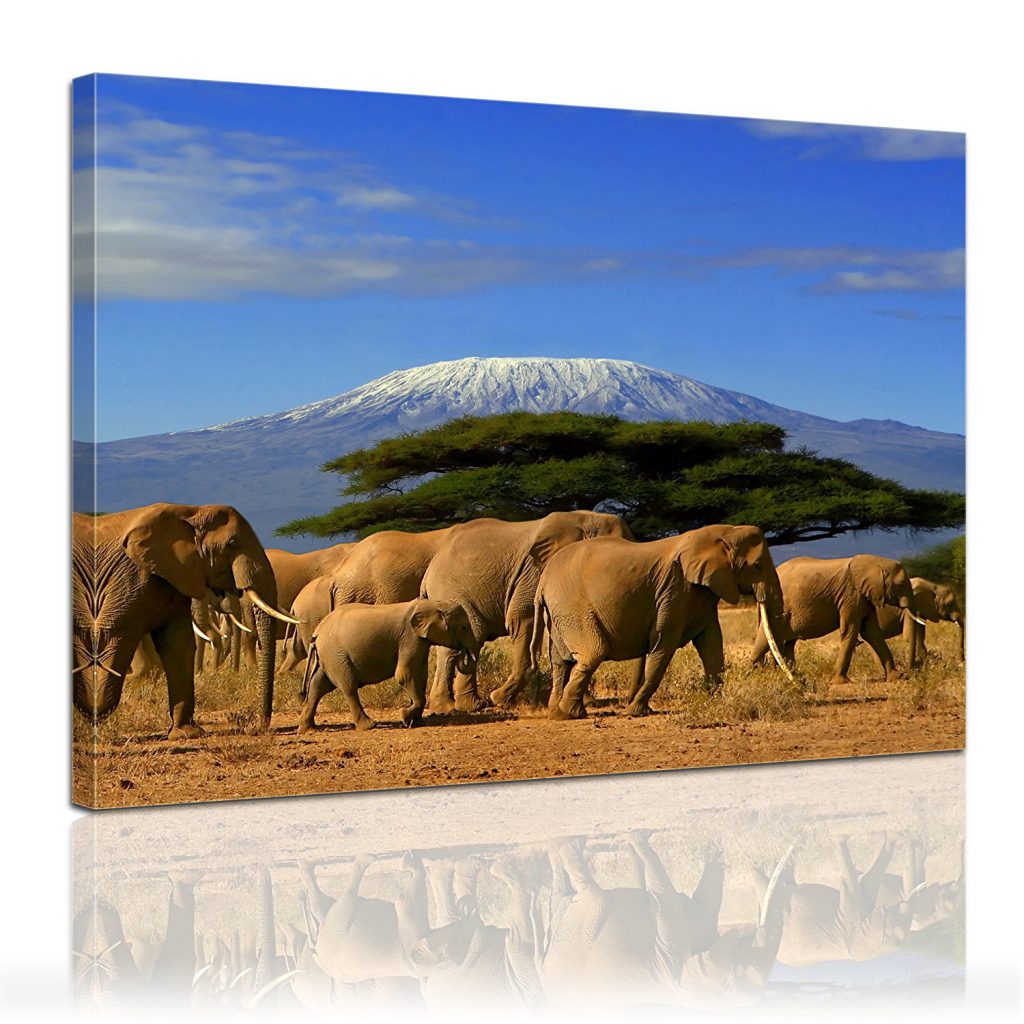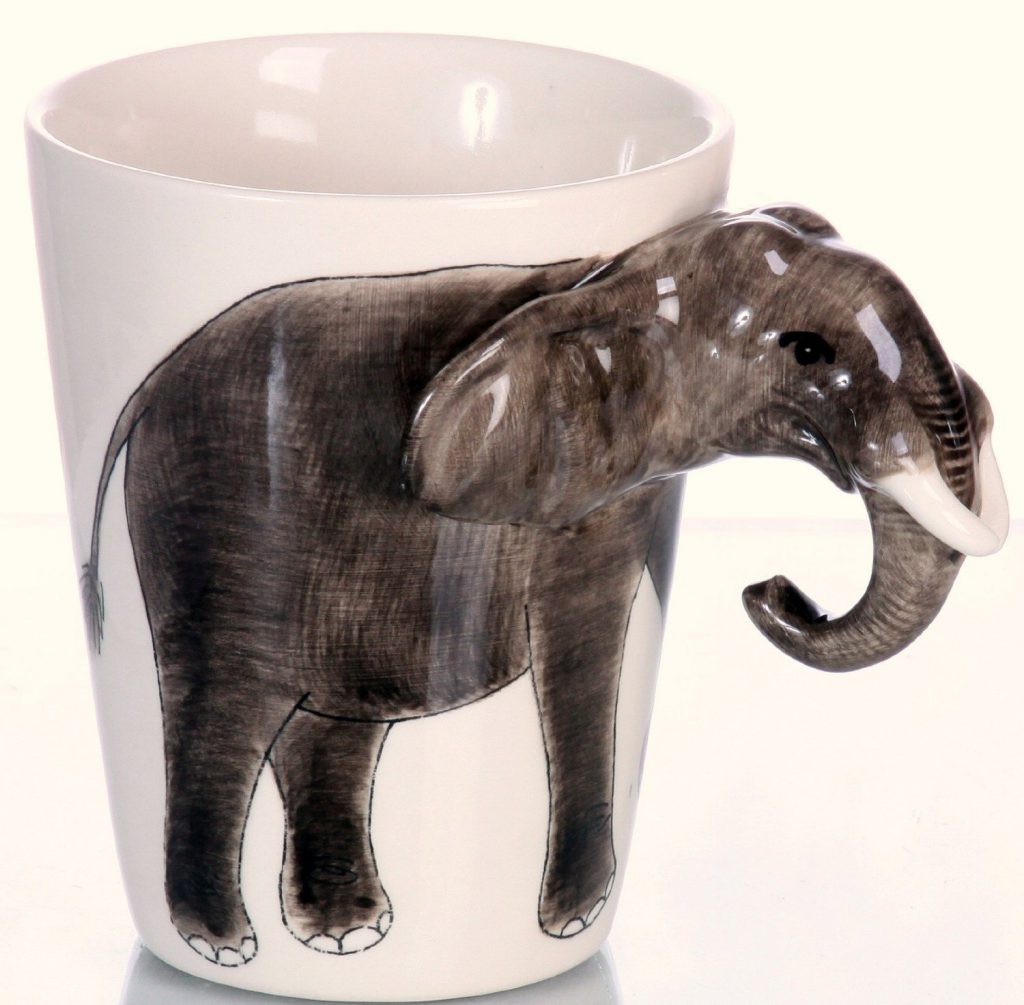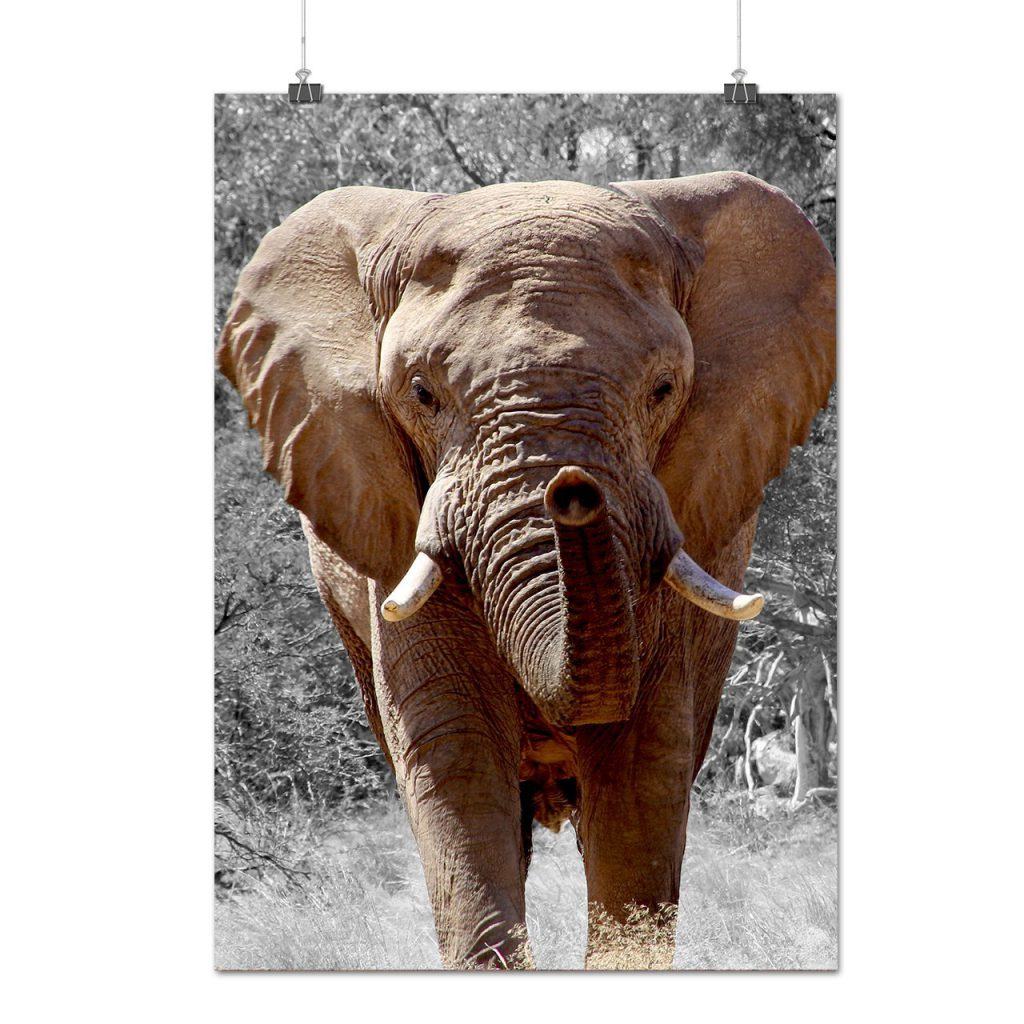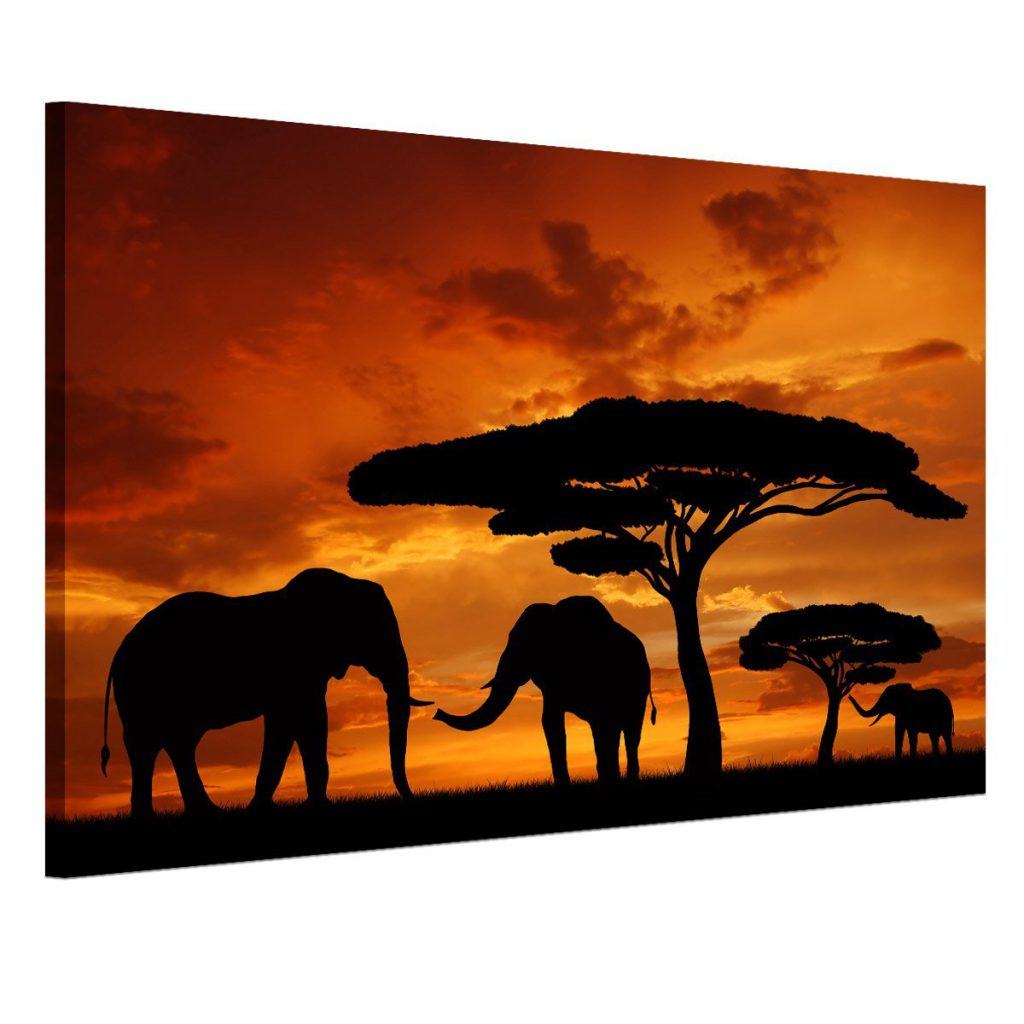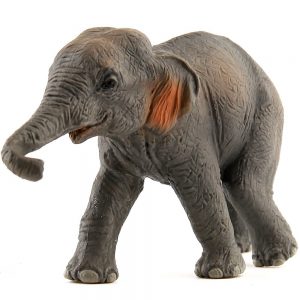Soaring Mountains
Category : Kingdoms Of Life

A mountain is a natural elevation of the earth’s surface rising more or less abruptly to a summit and attaining an altitude greater than that of a hill, usually greater than 2000 ft .
There are many famous mountain landforms around the world. Mount Everest is probably most famous. Mount McKinley is another famous mountain. There are also famous mountain ranges, which is a group of mountains, like the Appalachian Mountains and the Cascade Mountains.
The planet’s crust is not all of one piece: it is composed of numerous plates, which are steadily moving in relation to one another. This movement is responsible for all manner of phenomena, including earthquakes, volcanoes, and mountain building.
The most common way a mountain is formed is through plate tectonics. The Earth has massive plates that float. These plates can move under and over each other. When one plate moves under another the plate, the other plate rises up to form a mountain. After thousands of years, the mountains can get very high.
Did you know that some mountains are actually shrinking? These mountains are done growing because the plates have stopped moving. Through a process called erosion, these mountains actually start to grow smaller.

Facing Up: A Remarkable Journey to the Summit of Mount Everest
Some mountains such as Mount Everest, the world’s highest mountain, is actually still growing! Right now it about 29,092. There is a mountain that is actually taller than Mount Everest but 2/3 of it is underwater. This mountain is called Mauna Kea, which is part of Hawaii.
There are three ways in which mountains are formed, which correspond to the types of mountains in question. These are known as volcanic, fold and block mountains. All of these are the result of plate tectonics, where compressional forces, isostatic uplift and intrusion of igneous matter forces surface rock upward, creating a landform higher than the surrounding features.
Over the course of many million years, these uplifted sections are eroded by the elements – wind, rain, ice and gravity. These gradually wear the surface of the mountains down, cause the surface to be younger than the rocks that form them, and lead to the types of formations and distributions we are familiar with today.
Some of the world’s most famous mountain ranges include the Himalayas, Karakoram Range, and Pamirs in central Asia; the Alps and Urals in Europe; the Atlas Mountains in Africa; the Andes in South America; and the Cascade Range, Sierra Nevada, Rocky Mountains, and Appalachians as well as their associated ranges in North America.
Types Of Mountains

Motivational – Courage – Maxi Poster – 61 cm x 91.5 cm
The different mountain types are formed in different ways, through tectonic plates crunching into each other, or sliding past one another, or even from magma coming up out of the Earth. The mountains are different in their appearance, and in their formation.
1.Fold Mountains

Mountain Building: Block 4 (Understanding the Continents)
The most common type of mountain in the world are called fold mountains. When you see vast mountain ranges stretching on for thousands of kilometers, those are fold mountains. Fold mountains are formed when two of the Earth’s tectonic plates collide head on; like two cars crashing together. The edges of each tectonic plate crumple and buckle, and these create the mountains.
2.Fault-Block Mountains

A Climber’s Guide to the Teton Range
Fault-block mountains (or just “block mountain“) are created when faults or cracks in the Earth’s crust force materials upward. So instead of folding, like the plate collision we get with fold mountains, block mountains break up into chunks and move up or down. Fault-block mountains usually have a steep front side and then a sloping back side.
3.Dome Mountains
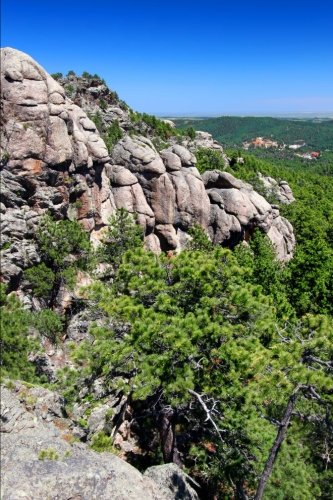
Black Hills of South Dakota Journal: 150 page lined notebook/diary
Dome mountains are created when a large amount of magma pushes up from below the Earth’s crust, but it never actually reaches the surface and erupts. And then, before it can erupt, the source of the magma goes away and the pushed up rock cools and hardens into a dome shape. Since the dome is higher than its surroundings, erosion works from the top creating a circular mountain range.
4.Volcanic Mountains

iRocket Indoor Floor Rug/Mat – amazing volcanic eruption (23.6″ x 15.7″, 60cm x 40cm)
Here’s a fairly familiar kind of mountain. Volcanic mountains are created when magma from beneath the Earth makes its way to the surface. When it gets to the surface, the magma erupts as lava, ash, rock and volcanic gases. This material builds up around the volcanic vent, building up a mountain.
Some of the largest mountains in the world were created this way, including Mauna Loa and Mauna Kea on the Big Island of Hawaii. Other familiar volcanoes are Mt. Fuji in Japan and Mt. Rainier in the US.
5.Plateau Mountains
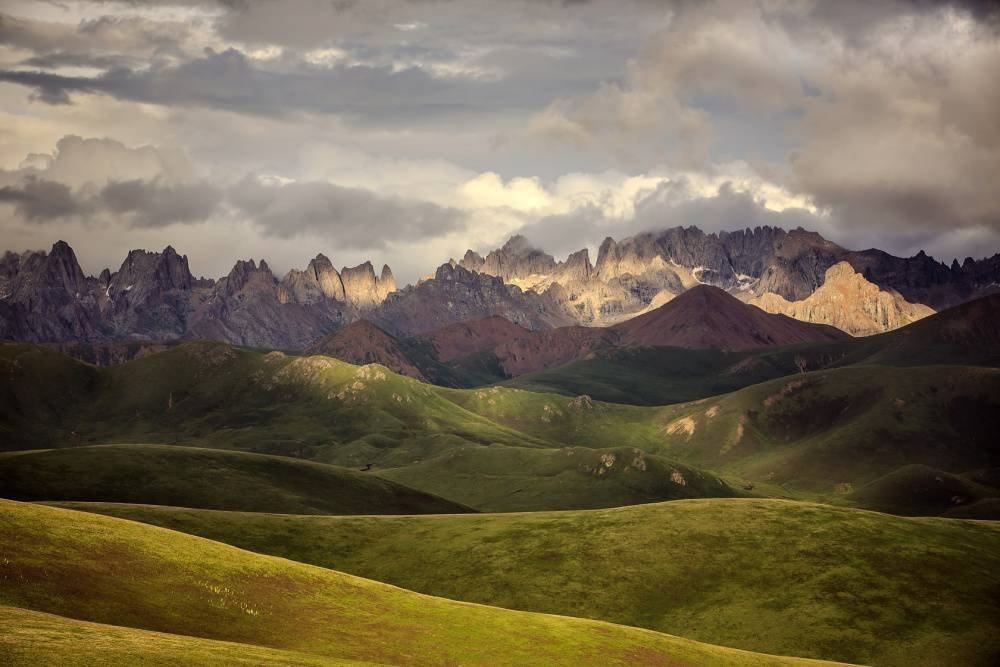
Plateau mountains are actually formed by the Earth’s internal activity; instead, they’re revealed by erosion. They’re created when running water carves deep channels into a region, creating mountains. Over billions of years, the rivers can cut deep into a plateau and make tall mountains. Plateau mountains are usually found near folded mountains.
Mountain Plants
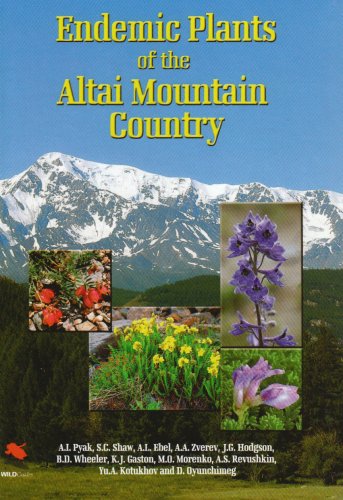
Endemic Plants of the Altai Mountain Country (WILDGuides)
Mountain plants have to face the most bewildering contrasts in living conditions of any plants found on Earth. These conditions are unbelievably harsh and impose great challenges to survival in the face of very high winds, extreme cold, wildly fluctuating temperatures, thin rocky soils, snow and ice, and a thin atmosphere that contains very little oxygen but huge amounts of UV radiation.
Because mountain plants grow so slowly, most cannot sprout, mature and produce their own seeds in a single season. For this reason most are perennials, which means that they live for many years, as does a tree, for example. These plants use most of their energy just for survival, and that’s why it can take many years for them to put back enough energy to flower and produce seeds.
Mountain Animals
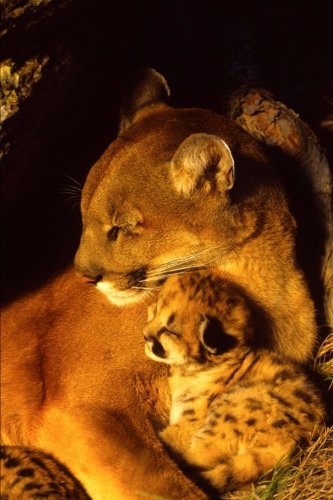
Mama Mountain Lion and her Baby Kitten in the Den Journal: 150 Page Lined Notebook/Diary
Mountains are home to a rich variety of wildlife. Black bears, mule deer, big horn sheep, and mountain lions are the largest of the mountain’s animals.
The mountain lion (Puma concolor) is also known as the cougar, puma, panther, and catamount, and is the largest wildcat in North America. Mountain lions have powerful limbs and can leap as high as 15 feet and as far as 40 feet.
Mountain lions like to prey on deer, though they also eat smaller animals such as coyotes, porcupines, and raccoons. They usually hunt at night or during the hours of dawn and dusk. These cats employ a blend of stealth and power, stalking their prey until an opportunity arrives to pounce, then going for the back of the neck with a fatal bite. They will hide large carcasses and feed on them for several days.
Fun Facts About Mountains

1.Mountains make up about one-fifth of the world’s landscape, and provide homes to at least one-tenth of the world’s people.
2.Heights of mountains are generally given as heights above sea level.
3.The world’s highest peak on land is Mount Everest in the Himalayas. It is 8,850.1728 m (29,036 ft) tall.
4.Ben Nevis is also the highest mountain in Great Britain.
5.The tallest known mountain in the solar system is Olympus Mons, located on Mars.
6.There are mountains under the surface of the sea!
7.Mountains occur more often in oceans than on land; some islands are the peaks of mountains coming out of the water.
8.About 80 per cent of our planet’s fresh water originates in the mountains.
9.All mountain ecosystems have one major characteristic in common – rapid changes in altitude, climate, soil, and vegetation over very short distances.
10.Plants that may be found on mountains include conifers, oak, chestnut, maple, junipers, stonecrops, campions, mosses, ferns and climbers.
11.The highest 14 mountains in the world are all found in the Himalayas.
12.Because of tectonic plate movement, Everest grows about 4mm a year.
13.Over 6,000 people have now climbed Everest including a 13-year-old American in 2010.
14.Scottish mountains over 3,000ft high are called Munros. British mountains and hills over 150 metres high are called Marilyns.
15.Mountains cover about one-fifth of the world’s land surface, occur in 75 per cent of the world’s countries and provide homes to at least one-tenth of the world’s people.
16.To measure a mountain we use Barometer. Barometer helps to measure the air pressure and at the top of the mountains air pressure is lower than the pressure on the ground. By comparing the two we can calculate how tall a mountain is. Another instrument used to measure Mountain is Theodolite. Lately we use Satellite pictures to Measure Mountains.
17.The mid-Atlantic Ridge is the Worlds longest chain of undersea mountains.
18.The word volcano originally comes from the name of the Roman god of fire, Vulcan.
19.Common volcanic gases include water vapor, carbon dioxide, sulfur dioxide, hydrogen chloride, hydrogen fluoride and hydrogen sulfide.
20.The UN General Assembly designated 11 December as International Mountain Day in 2003 as an opportunity to create awareness about the importance of mountains to life, and to build partnerships that will bring positive change to the world’s mountains and highlands.
If you have any information,questions, or feedback you would like to include in this post.
Please email momo19@naturekingdoms.com or leave your comments below.


